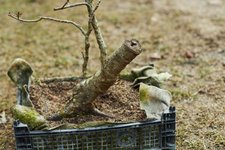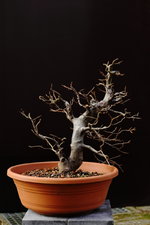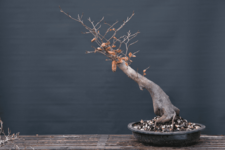proninyaroslav
Mame
- Messages
- 136
- Reaction score
- 20
- USDA Zone
- 5a
In October I bought a European beech from a friend, the tree came to me in the mailbox (in the literal sense  ). This is the yamadori he dug up two years ago. In general, the tree looked good and healthy, the only one it was planted in a fairly moisture-absorbing soil (a mixture of compost, river sand and brick chips). I decided to leave the repotting until spring and watered it sparsely enough to prevent overwatering. This is how it looked in October:
). This is the yamadori he dug up two years ago. In general, the tree looked good and healthy, the only one it was planted in a fairly moisture-absorbing soil (a mixture of compost, river sand and brick chips). I decided to leave the repotting until spring and watered it sparsely enough to prevent overwatering. This is how it looked in October:

I recently noticed that some young branches began to shrivel as if they were drying out. These are mainly the lower branches, the upper ones are still healthy. Curently the tree hibernates in a shelter where the temperature doesn't drop below -1C/30F , so I don't think the frost is to blame. Maybe there are some root problems? Drying of branches on a beech gives me great worries, because I know that beech is very bad on backbudding. I would be grateful for any help and advice.
I took a photo of those places where we can see it most clearly:
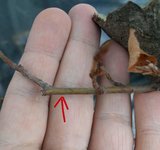
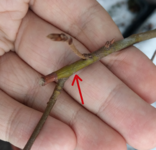

I recently noticed that some young branches began to shrivel as if they were drying out. These are mainly the lower branches, the upper ones are still healthy. Curently the tree hibernates in a shelter where the temperature doesn't drop below -1C/30F , so I don't think the frost is to blame. Maybe there are some root problems? Drying of branches on a beech gives me great worries, because I know that beech is very bad on backbudding. I would be grateful for any help and advice.
I took a photo of those places where we can see it most clearly:



